Sunset Zones: 5 vs 4
bobb_grow
14 years ago
Related Stories
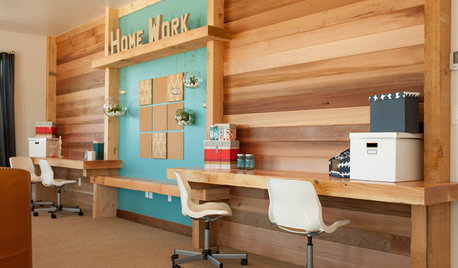
KIDS’ SPACES5 Ideas for a Great Home Learning Zone
Get your child off to a good start this school year with homework areas and strategies that reduce the frenzy
Full Story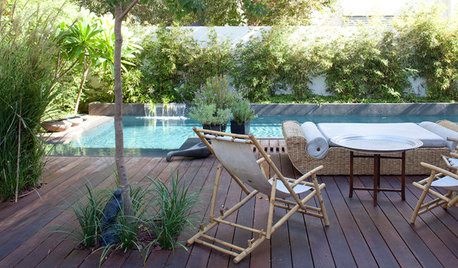
GARDENING AND LANDSCAPING10 Great Outdoor Chill Zones
Whether you have a huge poolside deck or a sliver of a patio, these ideas will kick stress to the curb all summer long
Full Story
MOST POPULARKitchen Evolution: Work Zones Replace the Triangle
Want maximum efficiency in your kitchen? Consider forgoing the old-fashioned triangle in favor of task-specific zones
Full Story
KITCHEN WORKBOOKNew Ways to Plan Your Kitchen’s Work Zones
The classic work triangle of range, fridge and sink is the best layout for kitchens, right? Not necessarily
Full Story
COLORTime to Step Out of Your Color Comfort Zone?
If you always seem to pick warm tones, or you stick to the cool ones, bucking your natural inclination could bring new energy to a room
Full Story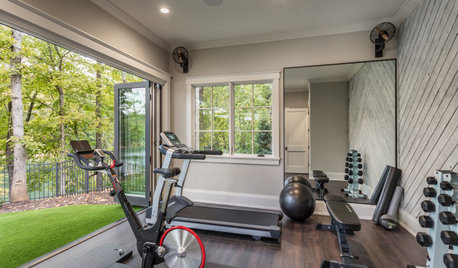
HOME GYMS10 Elements of an Inspiring Home Gym
Give yourself an incentive to exercise regularly by creating a workout zone that will get you moving at home
Full Story
KITCHEN DESIGNStash It All: Know the 3 Zones of Kitchen Storage
Organize storage space around your kitchen’s main activities for easier cooking and flow
Full Story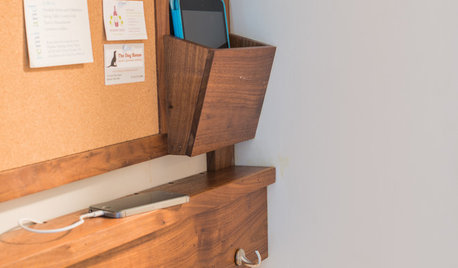
THE HARDWORKING HOMEA New Drop Zone Keeps the Clutter at Bay
The Hardworking Home: A clever wall-mounted station for keys, phones and more helps a family stay organized
Full Story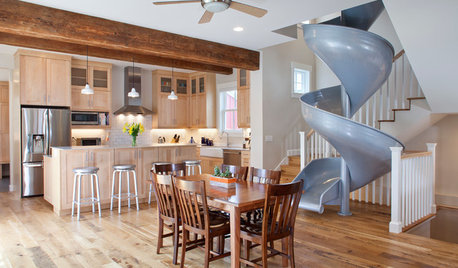
DINING ROOMSNew This Week: 6 Modern Dining Zones in Homes Big and Small
Look to splashy accent walls, right-sized tables and indoor slides to make the most of your open layout
Full Story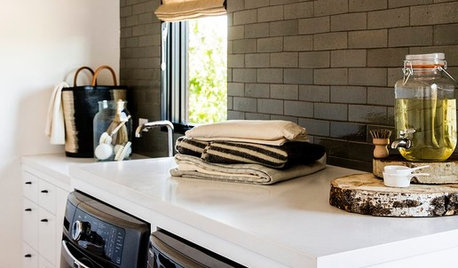
HOUSEKEEPINGClean Up Your Cleanup Zones
Make chore time more pleasant by tidying up your laundry room and updating cleaning tools
Full StorySponsored
Your Custom Bath Designers & Remodelers in Columbus I 10X Best Houzz
More Discussions









Embothrium
ian_wa
Related Professionals
Canton Landscape Architects & Landscape Designers · Marco Island Landscape Architects & Landscape Designers · Seabrook Landscape Architects & Landscape Designers · Allentown Landscape Contractors · Clearlake Landscape Contractors · Fort Mill Landscape Contractors · Lynn Landscape Contractors · Quincy Landscape Contractors · Shoreview Landscape Contractors · West Orange Landscape Contractors · Fair Oaks Fence Contractors · Queen Creek Fence Contractors · Silver Spring Fence Contractors · Thousand Oaks Fence Contractors · Duarte Fence Contractorsbobb_growOriginal Author
reg_pnw7
Embothrium
bobb_growOriginal Author
gardengal48 (PNW Z8/9)
ian_wa
bobb_growOriginal Author
Embothrium
ian_wa
Embothrium
buyorsell888
Embothrium
buyorsell888
tmoose
Embothrium